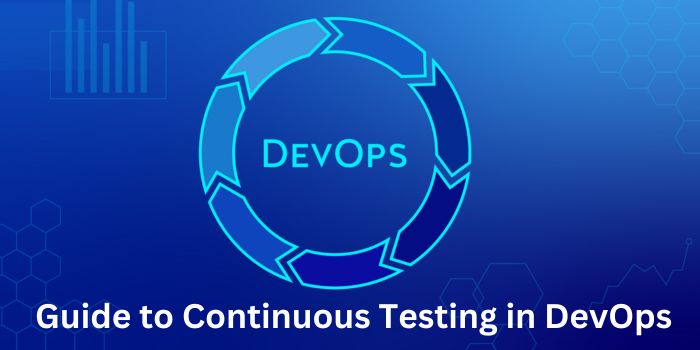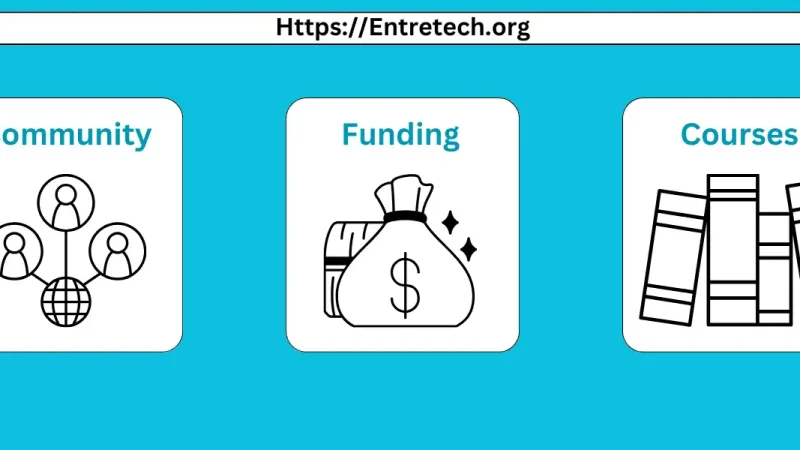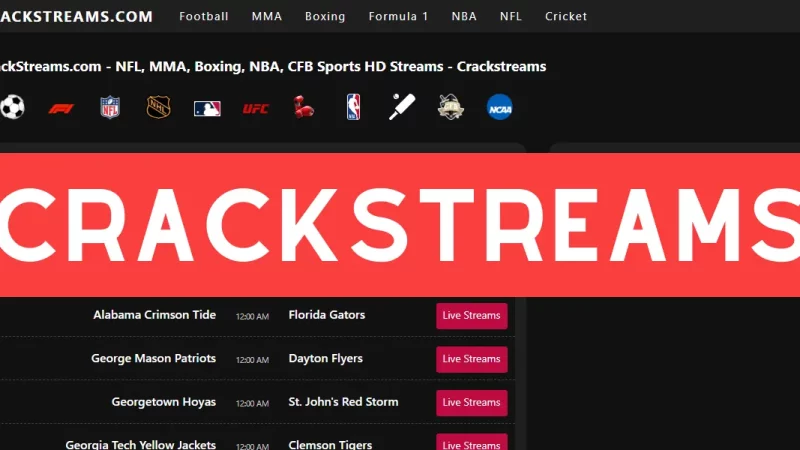A Complete Guide to Continuous Testing in DevOps

Software Engineering covers software development, testing, and deployment. DevOps, on the other hand, are principles and tools that enhance, through collaboration and automation, the entire process right from development to operations.
That said, continuous testing is an essential part of DevOps. In this case, continuous testing refers to a series of automated tests that are applied to the code each time a development or change is made to it. So, if the test is successful, the updated code is accepted; if not, it’s sent back to the team for amendments.
Now, if you have been considering continuous testing in DevOps, here’s everything you need to know:
Continuous Testing Vs. Traditional Testing
Traditionally, testing is done at specific stages in the software development lifecycle, usually just before release. This kind of testing can be manual, automated, or in many cases, a combination of both. Continuous testing, on the other hand, is ongoing throughout the development lifecycle.
So, every time a piece of code is written or tweaked, the code quality is tested, and feedback is given quickly. For this reason, continuous testing guarantees better results and fastens deployment.
Benefits of Continuous Testing
As a DevOps engineer or company, why should you switch to continuous testing? Here are some advantages you stand to gain:
- Better product quality: The software products you deliver will be of the highest standards.
- Lower development costs: Continuous automated testing helps reduce valuable time and resources.
- Increased client satisfaction: Better products lead to smoother operations and increased customer satisfaction.
- Greater credibility: Higher quality products and happy customers boost your credibility in the industry.
The Process of Continuous Testing in DevOps
You need a specialized framework to implement continuous testing in your organization. This framework typically combines different tools. That said, the continuous testing process the can be broken down into these steps:
- Detect code additions or changes (build) in the source control, which is essentially the code repository. Tools for this include Github and Git.
- Automatically deploy the build to a test environment to check for code quality and bugs. Tools you can use include Terraform, Puppet, and Docker Compose.
- Test the build in the test environment. You can use Selenium, Jenkins, or similar tools.
- If the tests are successful, deploy the new code to the main code/ software in production.
Continuous Testing Best Practices
If you want continuous testing to work for your organization, ensure:
- You test everything as early as possible in the process.
- You measure test coverage to guarantee all key product features are sufficiently tested.
- Your teams have the proper tools to eliminate manual overheads.
- You preview the product for better feedback on how it actually works in a real environment.
- You track success and failure rates during testing to measure the quality of team outputs.
Continuous Testing is Integral for Smooth DevOps
DevOps is a more agile way of developing and deploying software products. However, if you are still testing traditionally, your process is still far from agile. Continuous testing makes you and your team’s job easier while saving money and keeping your clients happy.





